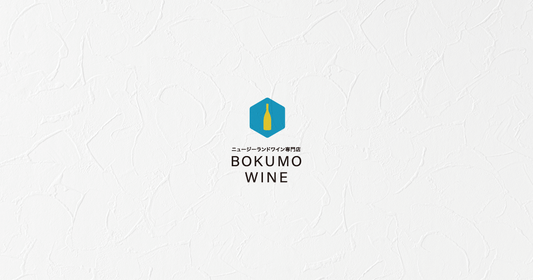
In this New Zealand news article on our website, we learned that the albatross chick that we have been watching over for nine months since January has safely left the nest.
Plus, we bring you September's animal news, including a baby seal and a cow potty training!
Tiaki leaves the nest
Albatross chicks that hatched at the end of January this year and grew up safely in their habitat on the Otago Peninsula in the South Island have begun to leave the nest one after another. And one of the chicks, Tiaki, which was focused on by the live camera called Royal Cam Chick, finally left the nest at 6:23 am on September 25th. Here is the video of that.
At about 0:46 in the video, Tiaki spreads her wings wide and takes off in one go. It would be nice for her to practice flying around the nest for a while, but it seems that once an albatross takes off, it never comes back to the nest.
This live broadcast of the albatross began in 2016, and this year, for the first time, a GPS was attached to the chick. The GPS is attached to the feathers on the chick's back, so it will fall off in about a year when the chicks' feathers change, but until then, you can check where Tiaki is flying on the web.
You can track Tiaki (blue line) and his father LGK (red line) here
The mother bird, LGL, was also wearing a GPS, but it broke during this season and was removed. The GPS that Tiaki is wearing is very light, weighing only about 20g, and is not expected to affect Tiaki's flight, which weighs about 9kg.
Tiaki flew about 370km between the 25th, when he left the nest, and October 3rd. Once an albatross leaves the nest, it does not return to its habitat for 3 to 10 years, spending all that time on the sea and never coming ashore. I wonder if Tiaki is practicing catching food at this time. I hope he is not hungry...
Check out the playlist of Tiaki's highlights here
A total of 30 chicks have flown out of this habitat this season, beating the previous record of 28 by two.
Baby seal at your doorstep
A home in Te Awanga, a small seaside town in the Hawke's Bay region of the North Island, received an unusual visitor.
Bronwyn Tranford woke up one morning to find a tiny baby seal outside her door!
My husband heard a noise last night and when he looked outside the front door in the morning there was a baby seal. The baby appeared around 11:30pm and was seen on security camera sleeping on the front porch.
said Tranford.
We have a Staffordshire Bull Terrier who is about the same size as the baby seal, and he pressed his nose up against the glass in the door to stare at the baby seal. The two of them were facing each other nose to nose through the glass.
The baby seal has been spotted nearby for the past three weeks and Lauren Boren, a marine science adviser for the Department of Conservation, said it was not unusual to see seals in the area as there was a seal habitat nearby.
But you'll be surprised if you wake up in the morning and find it at your front door.
Boren estimates the baby seal is between 9 and 21 months old. He advises giving the seal plenty of space, not feeding it, and keeping dogs away. If you see the seal coming into your home, don't touch it and contact the Nature Conservancy immediately.
You can see the baby seal and a cute photo of the Tranford family's daughter gazing at it through the door in the article below.
Toilet training cows
Cows can be toilet trained as easily as human children!
The researchers found that 11 of the 16 calves learned to relieve themselves in the provided cow litter box, which may be easier than potty training a human child.
Using molasses as a reward, researchers were able to get calves to urinate in the toilet in just 15 days.
Urine contains nitrogen, which when mixed with feces turns into ammonia, which causes environmental pollution such as acid rain. It can also pollute water and become a pollutant in the air. For these reasons, cow urine is already a problem in Europe. This research was started with the idea that it might be possible to train cows to make it easier to manage their excrement.
In recent years, methane gas emitted by cows through burping has become a major cause of global warming, which has become a problem. Although it is not possible to control burping through training, it is hoped that if we could at least control urination, we could reduce environmental pollution to some extent.
By the way, a lot of money is being invested in research aimed at reducing methane gas emitted by livestock, and efforts are being made to improve cows that can reduce methane gas by 10% per kilogram of meat. Of course, animal welfare is also taken into consideration, and it is essential that the cows themselves are of a healthy breed.
Half of New Zealand's greenhouse gas emissions come from dairy farming, so action is urgently needed.



